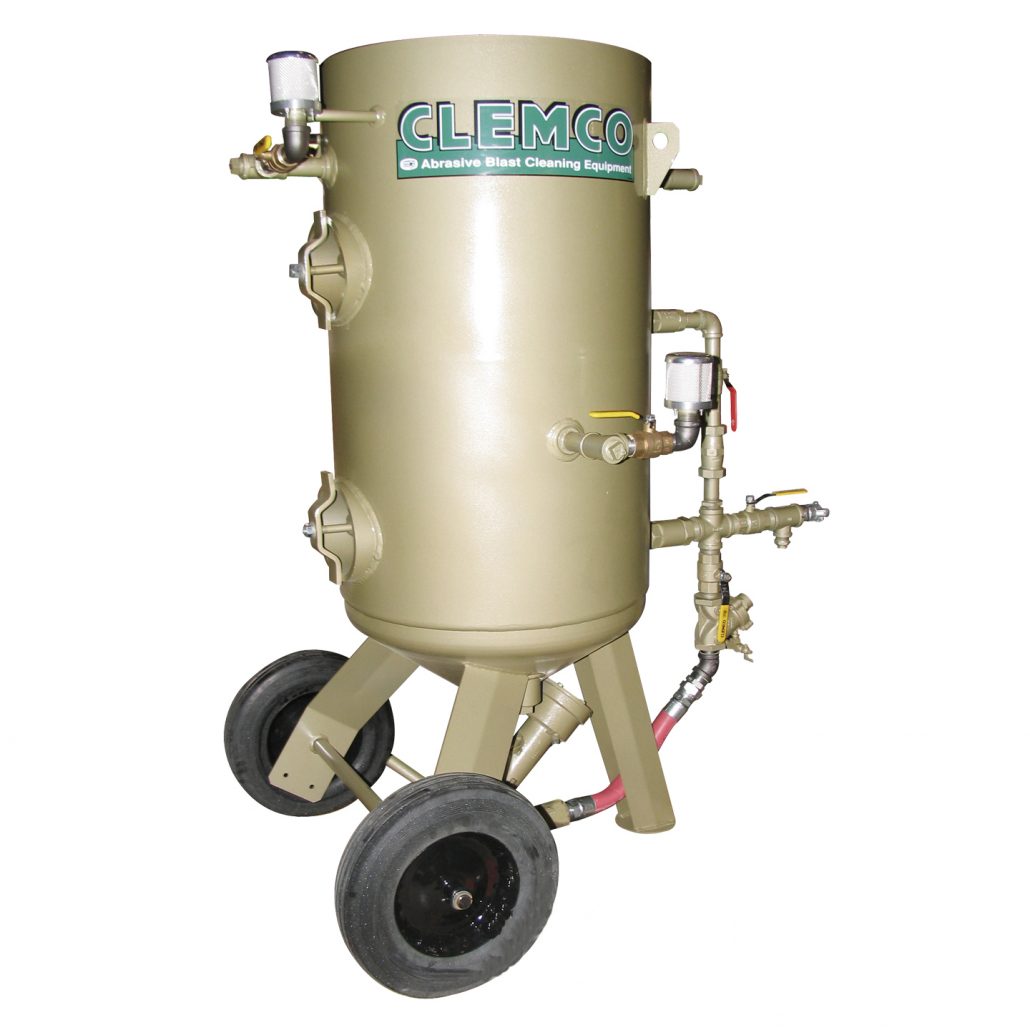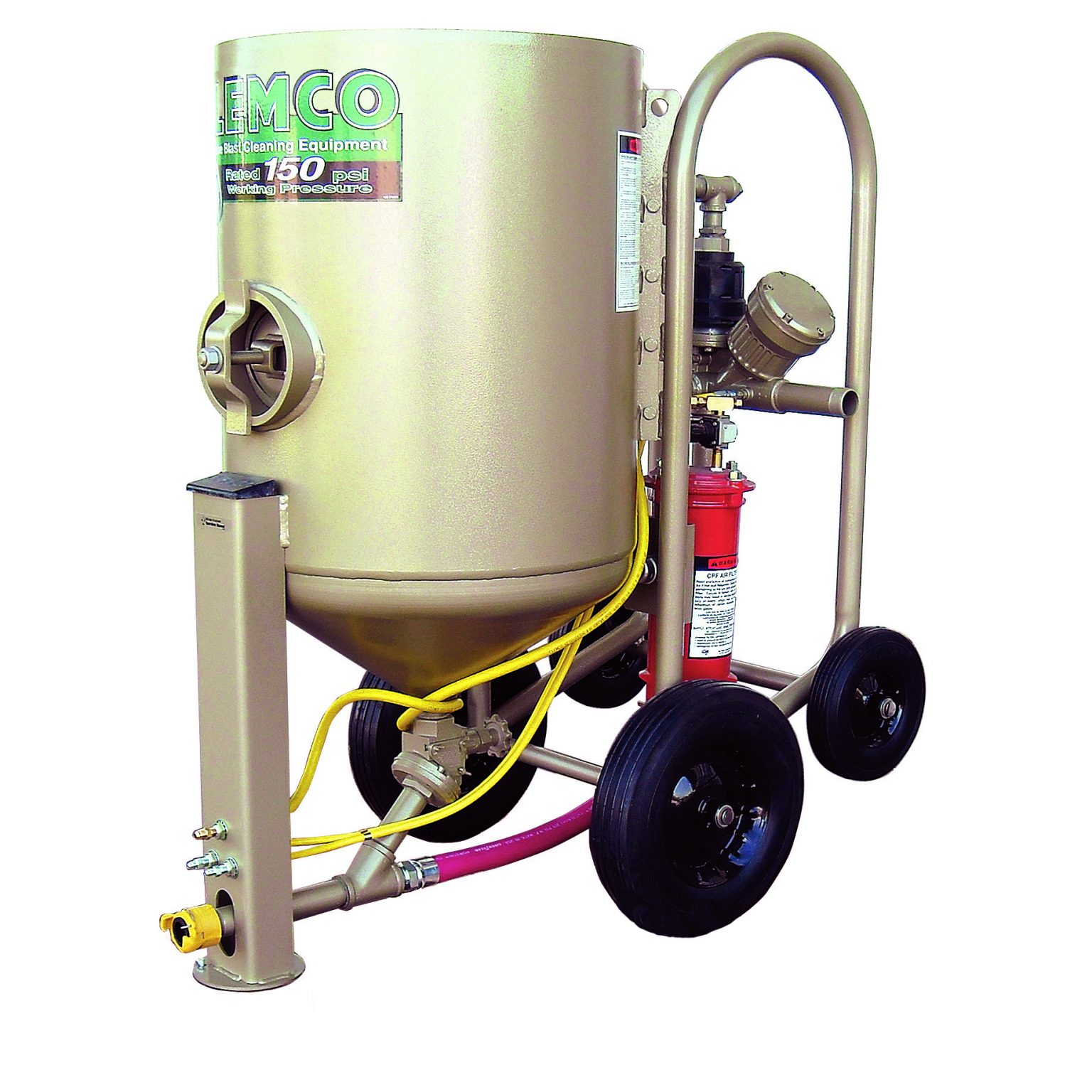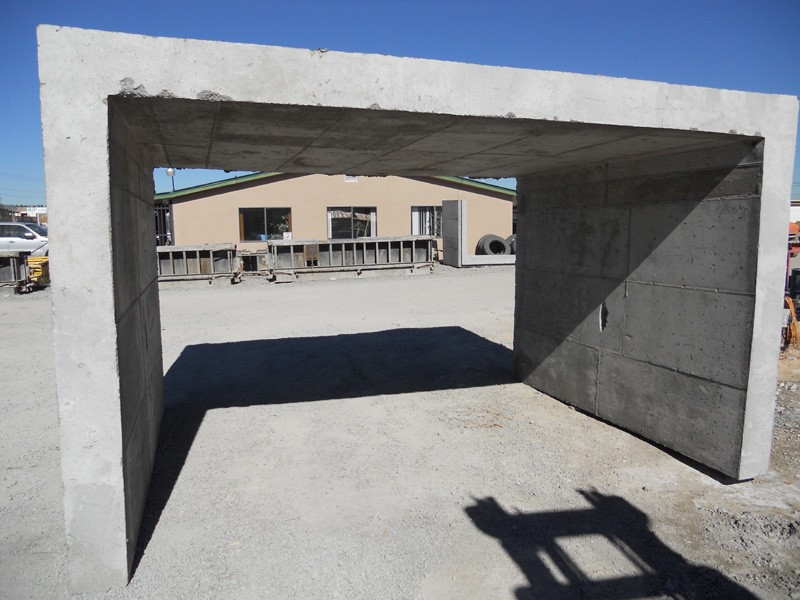Portable Blast: The Ultimate Guide To Understanding Portable Blasting Equipment
Portable blast equipment has become an essential tool in various industries, providing efficient and effective surface preparation solutions. Whether you're working on construction sites, offshore platforms, or manufacturing facilities, portable blasting systems offer versatility, flexibility, and convenience. In this comprehensive guide, we will explore everything you need to know about portable blast equipment, from its types and applications to safety considerations and maintenance tips.
Surface preparation is a critical process in many industries, ensuring that materials and surfaces are ready for painting, coating, or other treatments. Portable blast equipment plays a vital role in achieving this goal by removing rust, paint, and other contaminants from metal surfaces. With advancements in technology, portable blasting systems have become more efficient, offering users greater control over their operations.
This article aims to provide a detailed overview of portable blast equipment, including its benefits, types, and applications. Whether you're a professional in the construction or manufacturing industry or simply interested in learning more about portable blasting systems, this guide will serve as a valuable resource for you. Let's dive in!
Read also:Cristin Milioti Daughter A Comprehensive Guide To Her Life And Career
Table of Contents
- Introduction to Portable Blast Equipment
- Types of Portable Blast Equipment
- Applications of Portable Blasting
- Benefits of Using Portable Blast Systems
- Safety Considerations for Portable Blasting
- Maintenance Tips for Portable Blast Equipment
- Advancements in Portable Blast Technology
- Cost Considerations for Portable Blasting
- Environmental Impact of Portable Blasting
- Conclusion
Introduction to Portable Blast Equipment
Portable blast equipment refers to a range of tools and systems designed for surface preparation tasks. These systems are compact, lightweight, and easy to transport, making them ideal for use in various environments. The primary function of portable blasting equipment is to remove surface contaminants such as rust, paint, and dirt, preparing the surface for painting, coating, or other treatments.
Portable blasting systems are widely used in industries such as construction, manufacturing, and marine. They offer several advantages over traditional stationary blasting systems, including increased mobility, reduced setup time, and lower operational costs. As technology continues to evolve, portable blast equipment has become more advanced, offering users greater control and efficiency.
How Portable Blasting Works
Portable blasting involves the use of abrasive materials, such as sand, grit, or beads, to remove surface contaminants. These materials are propelled onto the surface using compressed air or water, depending on the type of system being used. The process effectively removes rust, paint, and other debris, leaving a clean and smooth surface ready for further treatment.
Types of Portable Blast Equipment
There are several types of portable blast equipment available, each designed for specific applications and environments. Understanding the differences between these systems can help you choose the right one for your needs.
1. Sandblasting Systems
Sandblasting is one of the most common types of portable blasting. It uses sand or other abrasive materials to clean and prepare surfaces. Sandblasting systems are widely used in construction and manufacturing industries due to their effectiveness and affordability.
2. Wet Blasting Systems
Wet blasting systems use water in combination with abrasive materials to clean surfaces. This method is ideal for delicate surfaces or environments where dust control is a concern. Wet blasting reduces dust emissions and minimizes the risk of surface damage.
Read also:Discover The Rich Artistic Legacy At Museum Het Rembrandthuis
3. Dry Ice Blasting Systems
Dry ice blasting uses frozen carbon dioxide pellets to remove contaminants from surfaces. This method is non-abrasive and environmentally friendly, making it suitable for sensitive applications such as food processing and electronics manufacturing.
Applications of Portable Blasting
Portable blasting equipment is used in a wide range of industries and applications. Below are some of the most common uses:
- Surface preparation for painting and coating
- Rust removal from metal surfaces
- Cleaning of machinery and equipment
- Decontamination of industrial facilities
- Restoration of historic structures
Key Industries Utilizing Portable Blasting
Portable blasting systems are widely used in the following industries:
- Construction
- Manufacturing
- Marine
- Automotive
- Food Processing
Benefits of Using Portable Blast Systems
Portable blast equipment offers several advantages over traditional stationary systems. Some of the key benefits include:
- Increased Mobility: Portable systems can be easily transported to various locations, making them ideal for on-site work.
- Reduced Setup Time: Portable blasting systems require minimal setup, allowing users to start operations quickly.
- Cost-Effective: Portable systems often have lower operational costs compared to stationary systems.
- Improved Efficiency: Modern portable blast equipment offers greater control and precision, improving the overall effectiveness of surface preparation tasks.
Safety Considerations for Portable Blasting
Safety is a critical concern when using portable blast equipment. Operators must follow proper safety protocols to ensure their well-being and the safety of others in the work area. Below are some key safety considerations:
Personal Protective Equipment (PPE)
Operators should wear appropriate PPE, including:
- Respirators
- Goggles or face shields
- Gloves
- Protective clothing
Work Area Preparation
Before starting a portable blasting operation, ensure that the work area is properly prepared. This includes:
- Clearing the area of unnecessary items
- Securing the blast zone
- Providing adequate ventilation
Maintenance Tips for Portable Blast Equipment
Regular maintenance is essential for ensuring the longevity and performance of portable blast equipment. Follow these tips to keep your system in optimal condition:
- Inspect the system regularly for wear and tear
- Replace worn or damaged parts promptly
- Follow the manufacturer's maintenance schedule
- Clean the equipment after each use
Advancements in Portable Blast Technology
Recent advancements in portable blast technology have significantly improved the efficiency and effectiveness of these systems. Innovations such as:
Automated Controls
Modern portable blast systems often feature automated controls, allowing operators to adjust settings with precision and ease.
Improved Abrasive Materials
New abrasive materials have been developed that offer better performance and reduced environmental impact.
Cost Considerations for Portable Blasting
When considering portable blast equipment, it's important to evaluate the costs associated with purchase, operation, and maintenance. Below are some key cost factors:
- Initial purchase price
- Operating costs, including energy and abrasive materials
- Maintenance and repair expenses
- Training and certification costs
Environmental Impact of Portable Blasting
Portable blasting systems can have an environmental impact, depending on the type of system and materials used. To minimize this impact, consider the following:
- Choose eco-friendly abrasive materials
- Implement proper waste disposal procedures
- Use systems with dust control features
Conclusion
Portable blast equipment has revolutionized surface preparation in various industries, offering increased mobility, efficiency, and cost-effectiveness. By understanding the different types of portable blasting systems, their applications, and safety considerations, you can make informed decisions about which system is right for your needs.
We encourage you to share your thoughts and experiences with portable blast equipment in the comments section below. Additionally, feel free to explore other articles on our site for more information on industrial tools and technologies.
Data Sources:
- OSHA - Occupational Safety and Health Administration
- ASTM International - Standards for Surface Preparation
- Environmental Protection Agency (EPA) - Guidelines for Waste Disposal


